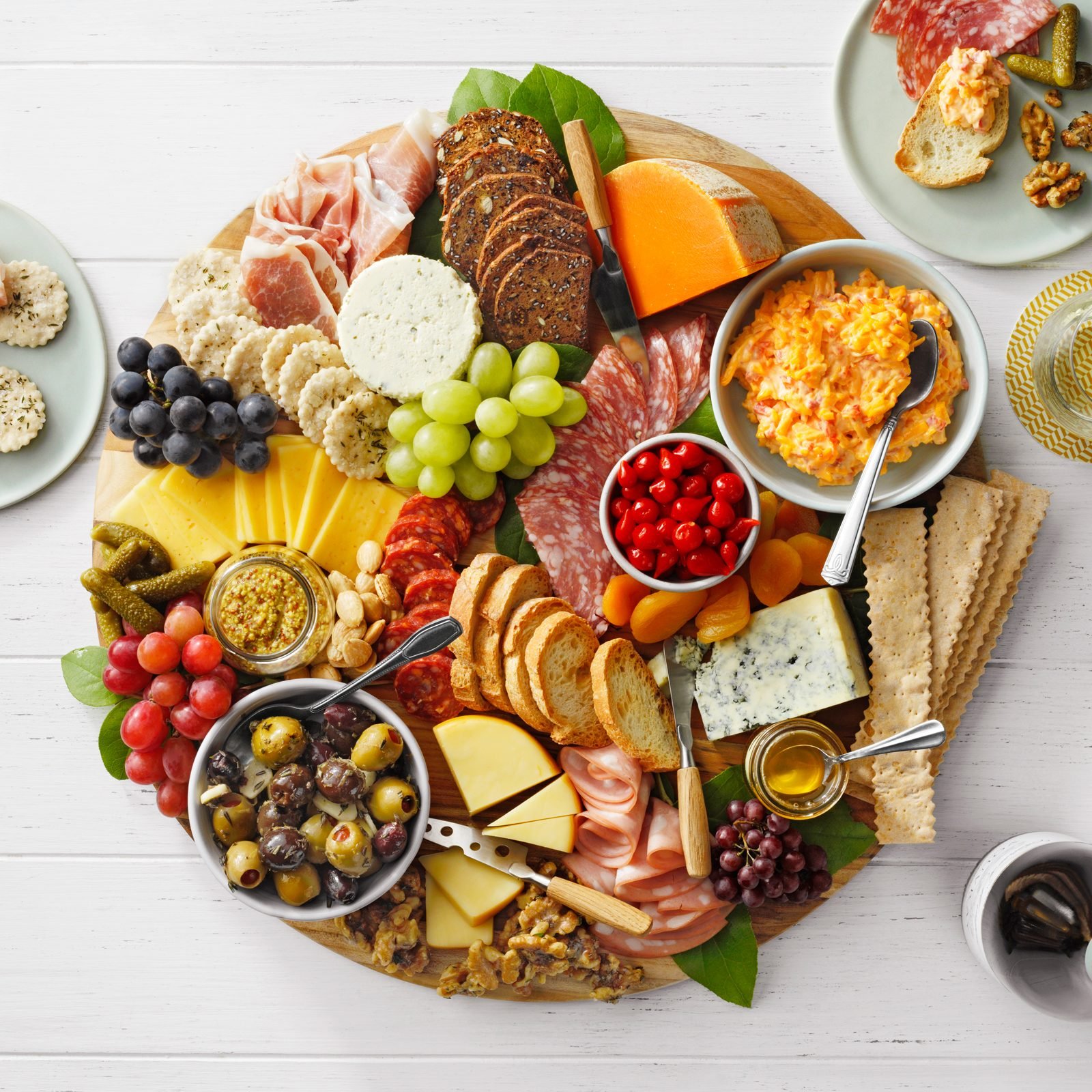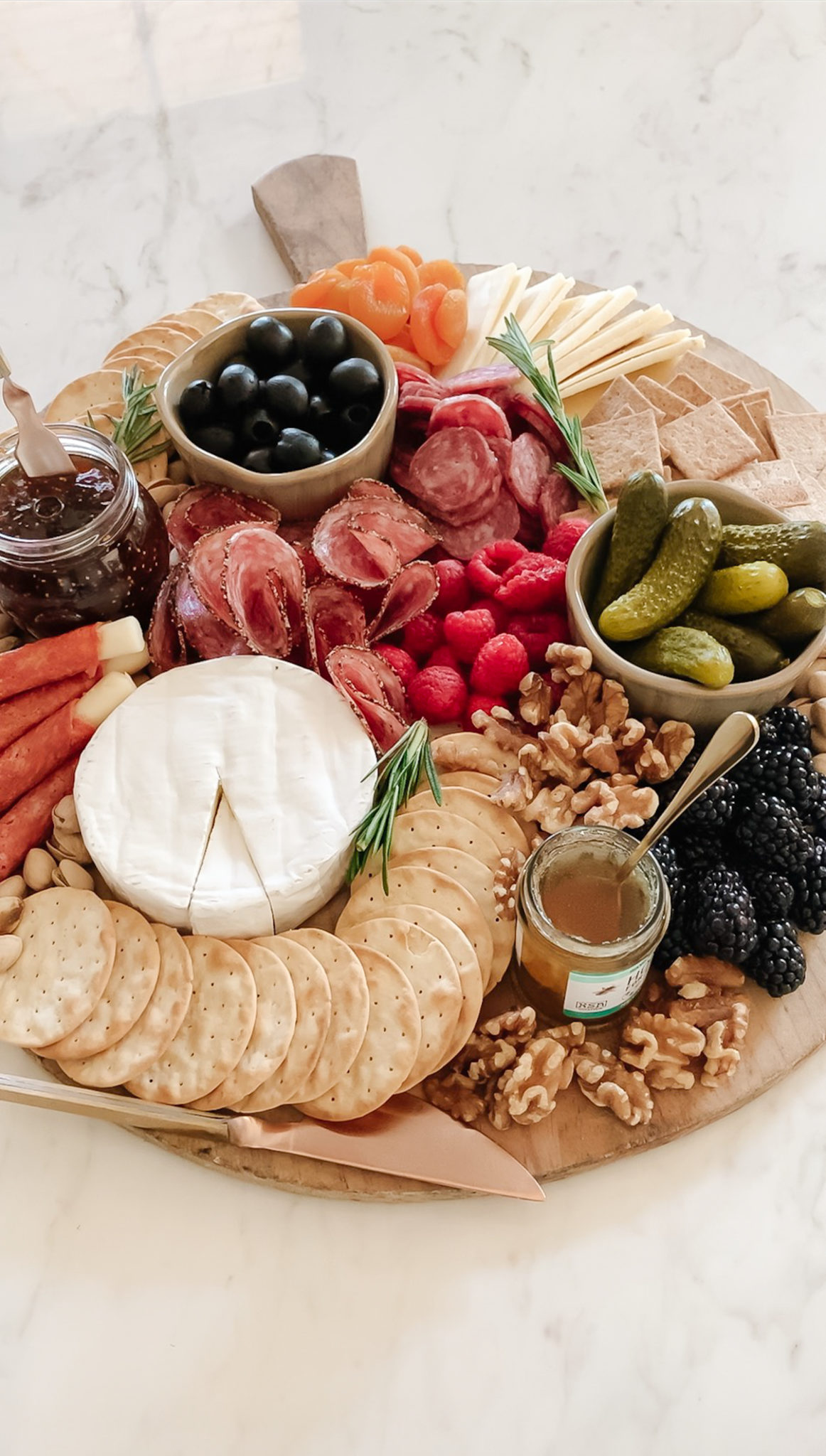Creating a decorative charcuterie board is more than just arranging food on a platter; it’s an art form that invites creativity and conversation. In this guide, we’ll explore the ins and outs of crafting the perfect charcuterie board, drawing from my personal experiences in hosting memorable gatherings. Whether you’re a seasoned host or a beginner, there’s something here for everyone!
What is a Charcuterie Board?
A charcuterie board is a visually appealing assortment of cured meats, cheeses, fruits, nuts, and other accompaniments. The term “charcuterie” originally referred to a French tradition of preparing and assembling cured meats, but it has since evolved to include various other complementary items.
History of Charcuterie
The practice of charcuterie dates back to ancient times. It was a way for people to preserve meat before refrigeration was available. Today, it has transformed into a popular method of serving appetizers and snacks at gatherings.

Why Create a Decorative Charcuterie Board?
Decorative charcuterie boards offer several benefits:
- Visual Appeal: A well-arranged board can serve as a stunning centerpiece.
- Variety: You can cater to various tastes and dietary preferences.
- Social Experience: Guests can mingle and snack at their leisure.
- Easy Preparation: With a little creativity, you can assemble a board in no time.

Essential Components of a Decorative Charcuterie Board
To create a stunning charcuterie board, consider including the following elements:

1. Meats
Cured meats are the star of the show. Popular choices include:
| Meat | Description |
|---|---|
| Prosciutto | A dry-cured ham that adds a rich flavor. |
| Salami | Varieties like Genoa or peppered salami add texture. |
| Chorizo | A flavorful, spicy sausage that brings boldness. |
| Capicola | A savory ham that pairs well with cheese. |

2. Cheeses
Cheese pairs beautifully with meats and adds creaminess to the board. Consider including:
| Cheese | Type |
|---|---|
| Brie | Soft cheese with a buttery flavor. |
| Cheddar | Sharp or mild, it’s a crowd favorite. |
| Gorgonzola | Creamy, blue cheese that adds a pungent kick. |
| Parmesan | A hard cheese with a nutty flavor. |

3. Fresh and Dried Fruits
Fruits add sweetness and color to your board. Some great options include:
- Grapes
- Fig slices
- Apple wedges
- Dried apricots

4. Nuts and Seeds
Nuts add crunch and a satisfying texture. Consider:
- Almonds
- Walnuts
- Pistachios
- Sunflower seeds

5. Spreads and Condiments
Including spreads enhances flavors. Popular choices are:
- Honey
- Mustard
- Hummus
- Olive tapenade
Steps to Create Your Decorative Charcuterie Board
Step 1: Choose a Board
Your board can be made of wood, marble, or any large platter. I often use a wooden cutting board for its rustic charm.
Step 2: Plan Your Layout
Before placing your items, visualize how you want your board to look. I usually arrange meats and cheeses first, followed by fruits, nuts, and spreads.
Step 3: Arrange Your Ingredients
Start by placing the larger items first and fill in with smaller items. Balance colors and textures for a visually appealing board.
Step 4: Garnish and Serve
Fresh herbs, edible flowers, or even a sprinkle of sea salt can be the finishing touches that elevate your board.
Tips for a Stunning Charcuterie Board
- Mix Textures: Combine crunchy nuts with creamy cheeses.
- Color Is Key: Use a variety of colorful fruits and vegetables.
- Seasonal Themes: Tailor your board to the season (e.g., pumpkin spice in fall).
- Dietary Considerations: Cater to your guests’ dietary restrictions, such as gluten-free or vegan options.
Decorative Charcuterie Board Ideas for Different Occasions
1. Holiday Gatherings
Incorporate seasonal décor with cranberries and rosemary for a festive look.
2. Wine and Cheese Night
Curate a selection of cheeses that pair well with different wines.
3. Game Day Snacks
Include finger foods like wings, sliders, and more casual snacks alongside your charcuterie.
4. Brunch Boards
Use breakfast items like mini pastries, fresh fruits, and yogurt parfaits.
Comparing Charcuterie Styles: Traditional vs. Modern
| Characteristic | Traditional Charcuterie | Modern Charcuterie |
|---|---|---|
| Focus | Cured meats primarily | Variety of food items |
| Presentation | Simplistic and rustic | Artfully arranged and colorful |
| Accompaniments | Limited | Extensive (fruits, nuts, dips) |
| Dietary Options | Meat-focused | Inclusive with vegan and gluten-free |
Pros and Cons of Decorative Charcuterie Boards
Pros
- Visually stunning and inviting.
- Versatile for different occasions.
- Encourages social interaction.
- Easy to customize based on preferences.
Cons
- Can become expensive if using premium ingredients.
- Time-consuming to arrange artfully.
- Potential for food waste if not all items are consumed.
FAQs About Decorative Charcuterie Boards
What cheese is best for a charcuterie board?
Popular choices include Brie, Cheddar, Gouda, and Goat cheese. Consider a mix of textures and flavors.
How do you prevent fruit from browning on a charcuterie board?
Applying lemon juice on cut fruit can help prevent browning and maintain their freshness.
Can I include cooked meats on a charcuterie board?
Yes, including items like grilled chicken or shrimp can add variety, but typically, cured meats are preferred.
What are good vegan options for a charcuterie board?
Consider including hummus, vegetable sticks, olives, nuts, and a variety of fruits and vegan cheeses.
How do I store leftovers from my charcuterie board?
Wrap items tightly in plastic wrap or store them in airtight containers in the refrigerator to maintain freshness.
Conclusion
Creating a decorative charcuterie board is a delightful way to elevate any gathering. With the right combination of ingredients, colors, and presentation, you can impress your guests and create lasting memories. So grab your favorite platter, gather your ingredients, and start arranging! Remember, it’s not just about the food; it’s about creating an experience that brings people together.